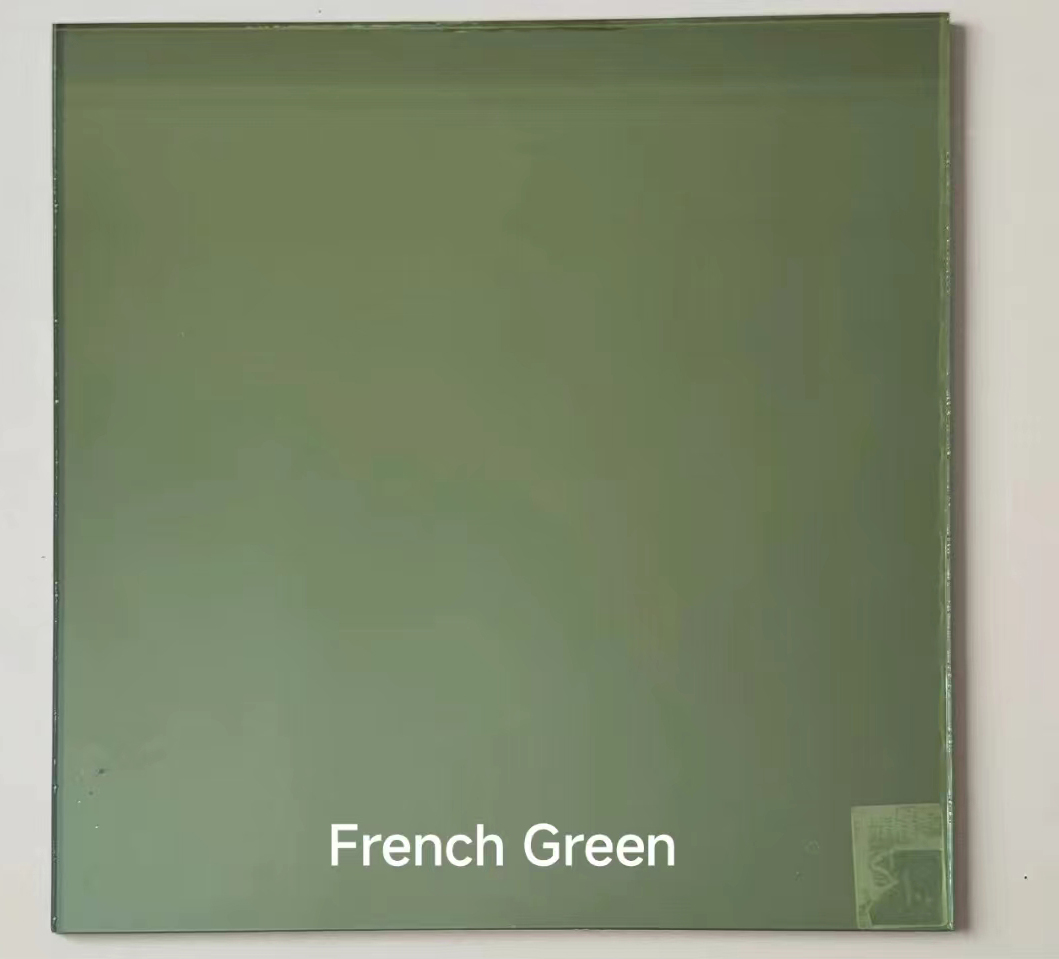

Understanding Anti-Reflective Glass Enhancing Vision and Experience
Anti-reflective glass (ARG) is a remarkable innovation that plays a significant role in various industries, from optics to architecture. The primary purpose of this specialized glass is to minimize reflections and improve clarity for the viewer. In this article, we will explore the benefits, applications, and significance of anti-reflective glass in modern society.
What is Anti-Reflective Glass?
Anti-reflective glass is treated with coatings that reduce the amount of light that reflects off its surface. This process involves the application of thin layers of dielectric materials, which alter the glass's optical properties. By minimizing reflections, anti-reflective glass allows more light to pass through, resulting in improved visibility and enhanced visual experience. The coatings work by interfering with the light waves that would otherwise reflect off the glass, thereby increasing the amount of transmitted light.
Benefits of Anti-Reflective Glass
1. Enhanced Clarity One of the most significant advantages of anti-reflective glass is that it enhances clarity and sharpness. This is particularly important in devices like eyeglasses and camera lenses, where crystal-clear vision is crucial. By reducing glare, users can enjoy a more accurate view of their surroundings or subjects.
2. Improved Comfort Nobody enjoys squinting against bright lights or dealing with distracting reflections. Anti-reflective glass reduces eye strain, making it easier for users to view screens or read materials under various lighting conditions.
3. Increased Aesthetics For architects and designers, anti-reflective glass has become a preferred choice due to its aesthetic appeal. Buildings featuring large glass facades can look more elegant and seamless without noticeable reflections. This quality allows designers to create structures that harmonize with their surroundings, enhancing the overall appeal of architectural projects.
4. Better Performance in Low Light In low-light conditions, such as at dusk or dawn, regular glass can produce obtrusive reflections that make visibility poorer. Anti-reflective glass helps maintain clarity in these situations, enabling safer driving and navigation.
5. Reduced Maintenance Traditional glass surfaces can attract dust and dirt due to reflections obscuring imperfections. Since anti-reflective coatings minimize the visible surface disruptions, they can lead to lower maintenance needs, as the glass stays cleaner for longer.

Applications of Anti-Reflective Glass
The versatility of anti-reflective glass allows it to find utility in numerous domains
- Eyewear Anti-reflective coatings are standard in prescription glasses and sunglasses. They improve vision quality, reduce glare from screens, and enhance the appearance of the lenses.
- Smartphones and Tablets Manufacturers often use anti-reflective glass to minimize reflections on screens, improving user experience, particularly in bright settings.
- Cameras and Optics Photographers benefit from anti-reflective glass in camera lenses, providing clearer images by preventing lens flare and enhancing color accuracy.
- Architectural Glass In modern buildings, oversized glass panels often incorporate anti-reflective technology to create stunning, unobtrusive façades that resonate with contemporary design principles.
- Displays and Monitors Anti-reflective glass is extensively used in computer monitors and televisions, where clarity and viewing experience are paramount, especially in bright environments.
Conclusion
Anti-reflective glass stands as an essential technological advancement in both everyday products and specialized applications. By enhancing visibility and comfort, it improves the user experience across myriad contexts, from personal eyewear to sophisticated architectural designs. As technology continues to refine the coatings used, we can anticipate even greater advancements in the performance, durability, and aesthetic appeal of anti-reflective glass. This remarkable material proves that innovation and simplicity can work hand in hand to create solutions that enhance our visual interactions with the world. Whether you are a consumer seeking clearer vision or a designer aiming to create beautiful structures, anti-reflective glass remains a key component in achieving your goals. As we move forward, this technology will undoubtedly shape the landscapes of various industries and continue to redefine our visual experiences.